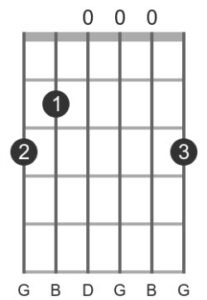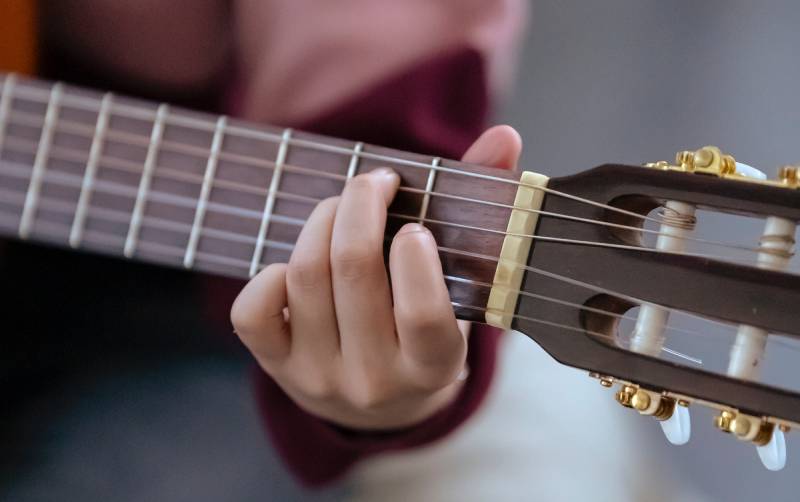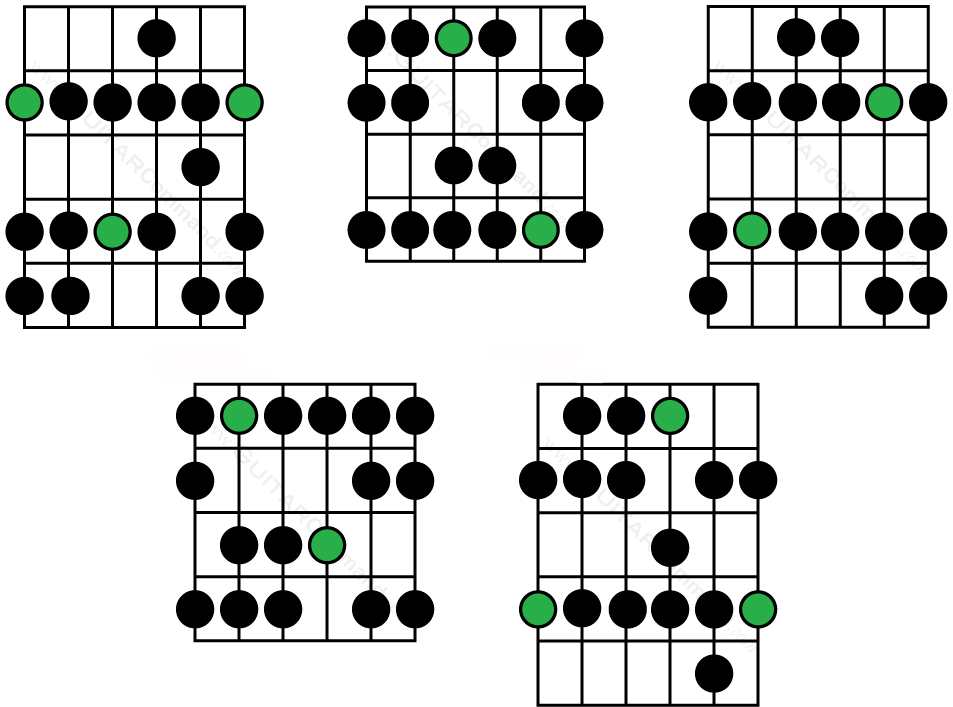
The Living Dead
November 18, 2021
FLU-YOU! Covid-19
November 28, 2021- acoustic guitar lessons
- beginner chords
- chord diagrams
- chord diagrams with finger placements
- common guitar chords
- easy guitar chords
- easy guitar lessons
- essential guitar chords
- first guitar lessons
- first lessons in guitar
- guitar beginner lessons
- how to practice guitar
- how to start learning the guitar
- learn guitar easily
- new to guitar
- starting guitar again
Easy Guitar Chords for Beginners
The first thing any beginner guitar player wants to do is play their favourite songs on the guitar. That is understandable, and to achieve that one has to learn the basic easy guitar chords.
Chords provide the rhythm for a song and even if you do not perform the solo’s, the strumming of the chords will allow you to still play the song for casual occasions like parties and the campfire sing-along.
Where do we start?
There are countless chords, voices, and inversions when you look at the overall picture. This can be very intimidating.
However, you only need to know a few major and minor chords to start playing your favorite songs. This itself would allow you to perform most of the common songs out there.
To advance a bit more and extend your capabilities, the next group would be the Dominant Chords, that give your sound a bluesy feel.
This is all you need to learn for now unless you are going to be playing complicated Jazz or Classical Music. I would suggest mastering chord changes between the easy guitar chords before attempting complex chord shapes.
Chord Diagrams
Just like Guitar Tablature, which we have already learned, chords have their own representation in diagram form.

This diagram shows you the neck of the guitar and the first few frets. It shows you the notes of the open strings and most importantly, it illustrates the numbers given to the fingers of the fretting hand.
These numbers will teach us to use the correct finger for each note played on individual strings.
Keep in mind that unlike tablature the numbers here DO NOT show the number of the fret that needs to be played but shows the finger that needs to be used in that position.
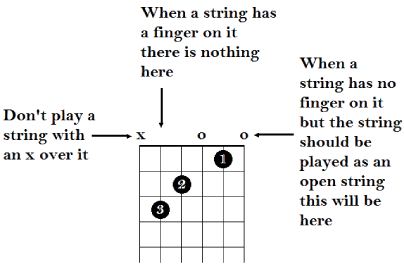
As we can see here, the 1–2–3 shows you that the index, middle and ring finger are used for this chord.
An X denotes a string which is not to be played.
An O denotes a string which is played “open“, not pressed on any fret.
This is all there is to chord diagrams and now by looking at any chord diagram you should be able to play the chord.
The majority of the chords here are called OPEN chords: In music for stringed instruments, especially guitar, an open chord (open-position chord) is a chord that includes one or more strings that are not fingered.
As we progress, we shall learn the more technical Barre Chords which have all the strings fretted to play the entire chord. But that’s for later.
MAJOR Chords
Major chords have a bright and happy sound.
They are composed of the Root, the Major Third and the Fifth.
You don’t have to know chords theory to play these chords, just learn the shapes for now.
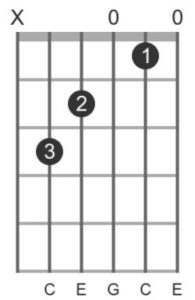
C Major.
The 6th string is not to be played and the 1st and 3rd string are played “open”.

D Major.
The 5th and 6th strings are not played and the 4th string is open.

E Major
All strings are played but the 1st, 2nd, and 6th strings are open.

F Major
Now this is essentially a Barre chord. This is because the 1st or the Index finger is used as a bar across the entire fretboard.
This may be a bit difficult to play for starters, so initially, let the 6th string be un-played and use the index finger to fret the 1st and 2nd strings.
When you get used to fretting two strings simultaneously it would be easier to fret across all six.
G Major
Simple chord with 3 open strings.

A Major
6th string not played. Two open strings.

B Major
This chord may be a bit tricky for two reasons.
Firstly, the 6th and the 1st strings are not played.
Second, the 3rd or the Ring finger is used to bar the 2nd, 3rd, and 4th strings together.
An alternate but not ideal way to play it is to use the fingering for the A Major chord and not play the 5th string as well. But I would not recommend this as it would hamper later chord learning.
Minor Chords
The next set of chords are the minor chords. These chords have a sad and melancholy sound. They are used a lot in romantic songs, for the particular feeling they create.
A minor chord is composed of the Root, Minor Third and the Perfect Fifth.
C Minor

D Minor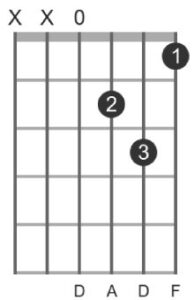
E Minor

F Minor

G Minor
 A Minor
A Minor
 B Minor
B Minor

Some times chord diagrams are shown without any finger positions mentioned. In time, you will not need them as you will understand where your fingers need to go.

Keep in mind that no chord would twist your fingers in unnatural ways. It has to be easy and convenient to facilitate fast changes between chords. So if there are no finger positions, use the most convenient and comfortable finger for that position.
Well then, practice changing between these basic chords and be comfortable doing so. It will take some time for muscle memory to kick in so take it slow and steady.
Use down strokes and use a four count for each chord before changing to the next one.
Something like this:
C -C -C -C –F -F -F -F -Am-Am-Am-Am
When you get comfortable with this move on to the next blog on Dominant chords.
Be patient because with the completion of the next blog you will be able to play most popular songs of your choice.


